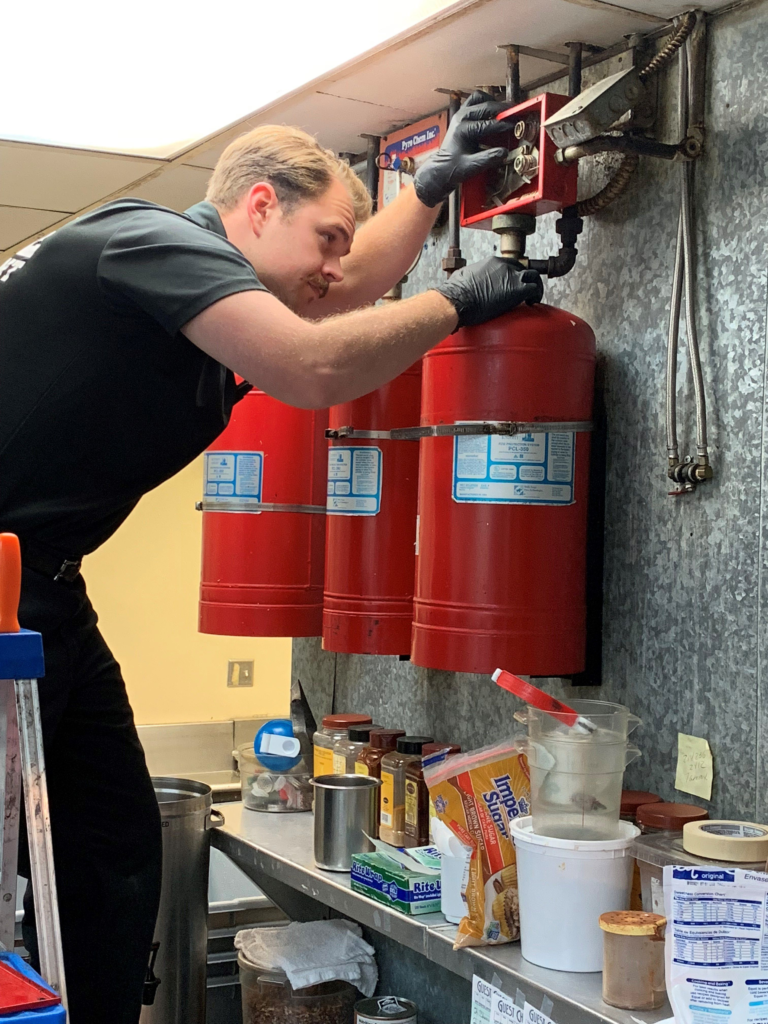
How Dangerous is Fire Extinguisher Powder?
In our daily lives, fire extinguishers are typically regarded as indispensable safety devices. They occupy a critical place in both residential and commercial settings, providing individuals with the means to combat fires before they escalate into larger, uncontrollable disasters. However, the focus on the life-saving capabilities of fire extinguishers often overshadows a crucial question: How dangerous is fire extinguisher powder? While fire extinguishers are designed to mitigate hazards, it is essential to understand the potential risks associated with the powder they contain.
Understanding Fire Extinguisher Powder
Fire extinguishers utilize different agents to combat specific types of fires, and these agents may come in the form of powders, foams, or gases. The most common type of fire extinguishing powder is dry chemical powder, which includes compounds such as monoammonium phosphate, sodium bicarbonate, and potassium bicarbonate. These powders function by interrupting the chemical reaction in the combustion process or smothering the flames to eliminate the oxygen source.
Though many of these materials are classified as non-toxic, they are not entirely devoid of safety concerns. The primary risk factors associated with fire extinguisher powder stem from inhalation and skin contact, especially in situations where individuals discharge the device in panic or without proper precautions.
Non-Toxic Nature but Potential Risks
The dry chemical agents utilized in fire extinguishers are generally recognized as safe for use in household environments. In fact, they are approved for use by regulatory agencies and fire safety experts, rendering them suitable for the average consumer. For most people, incidental exposure—such as a minor dusting from a discharged extinguisher—poses a low health risk. However, consistent exposure or large amounts of inhalation can lead to irritations or adverse effects.





